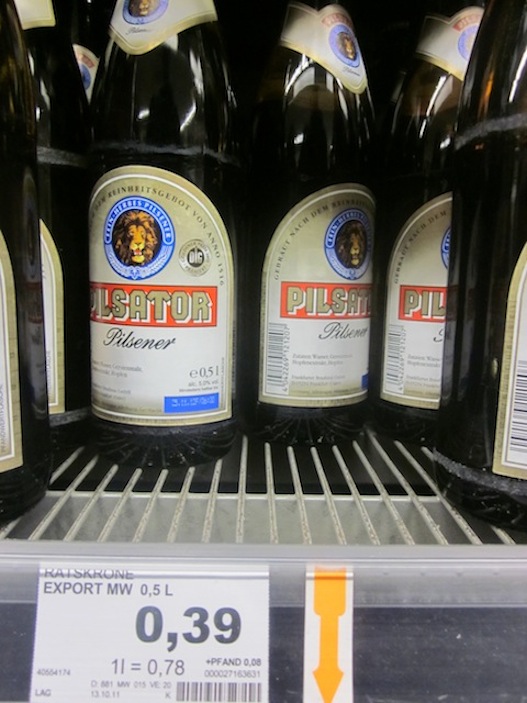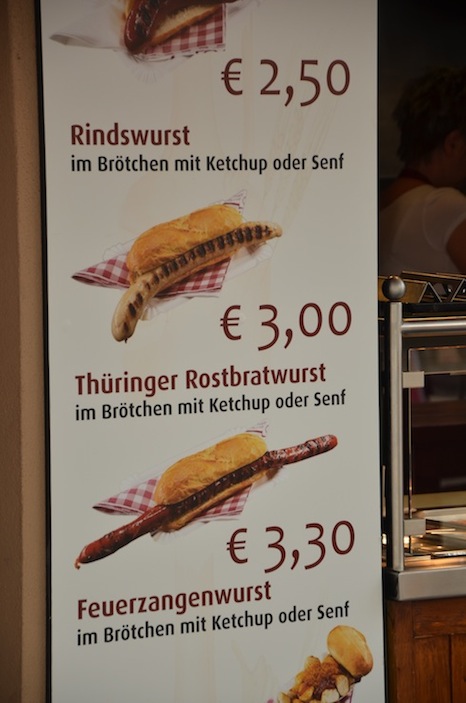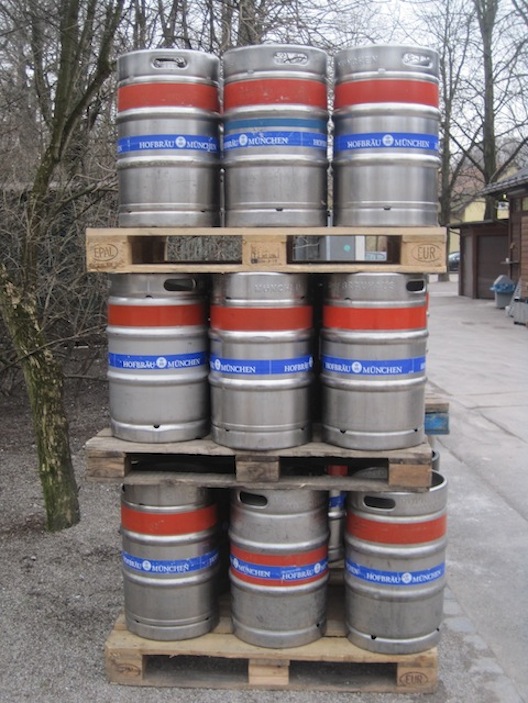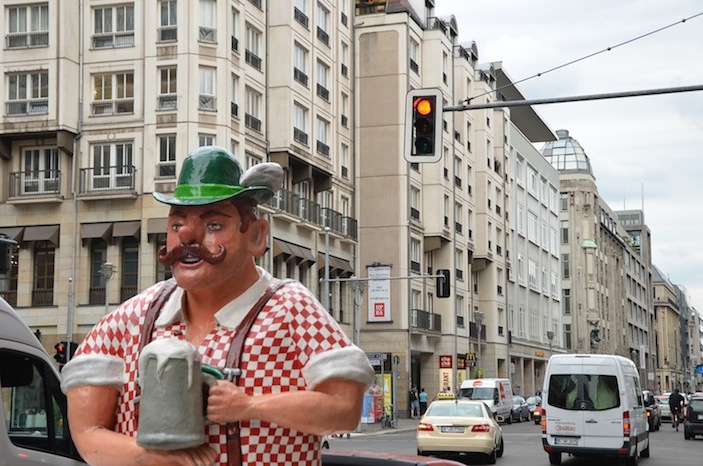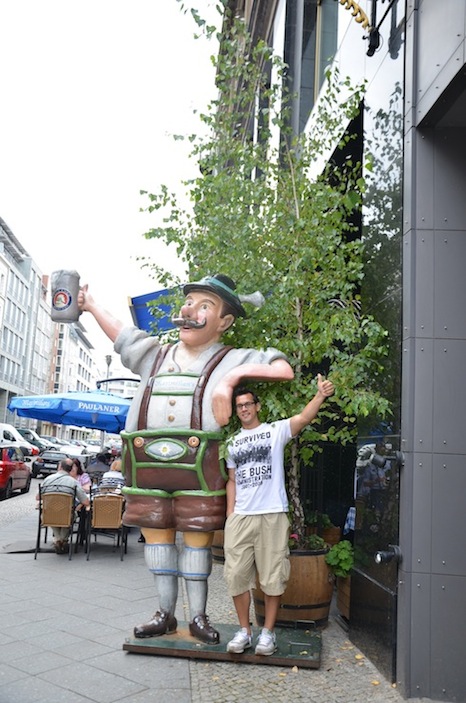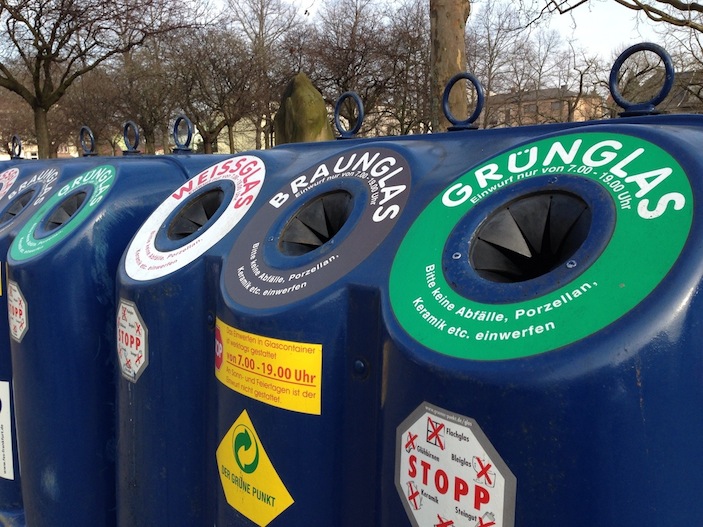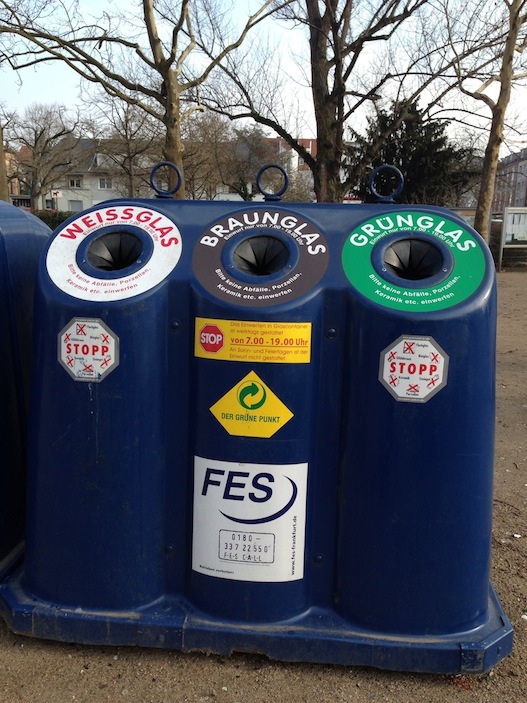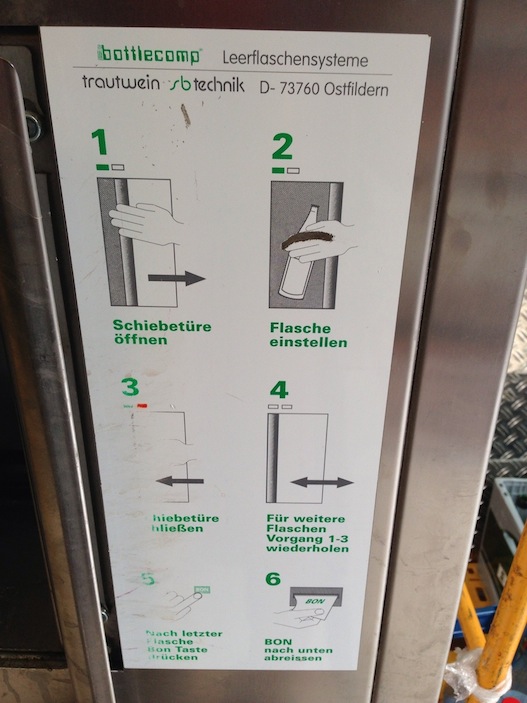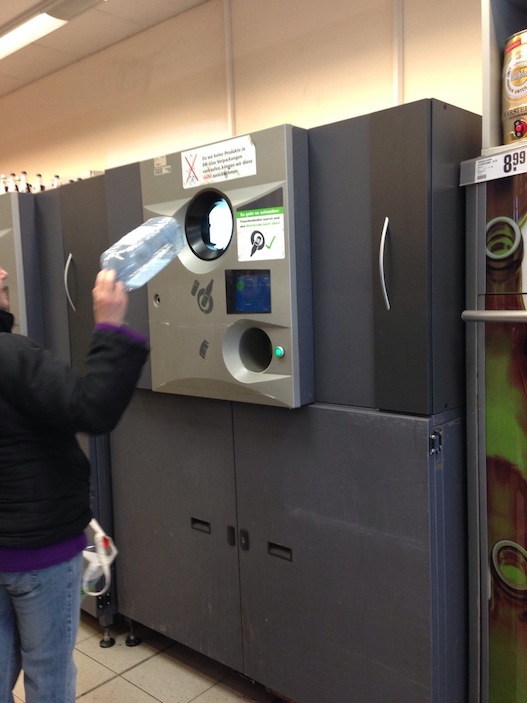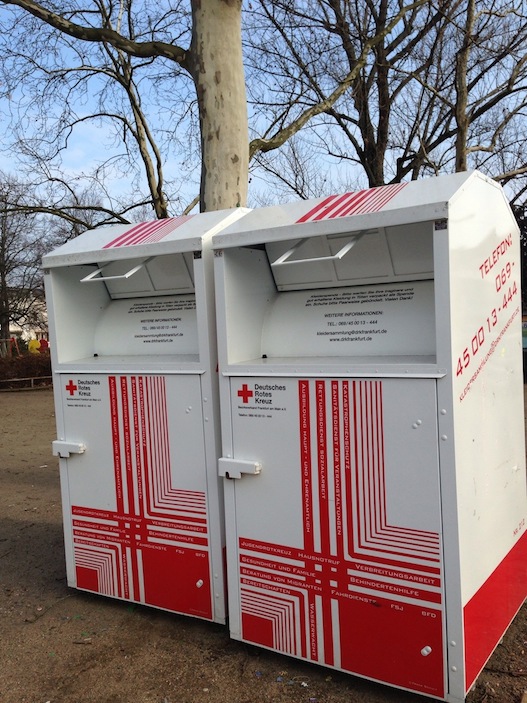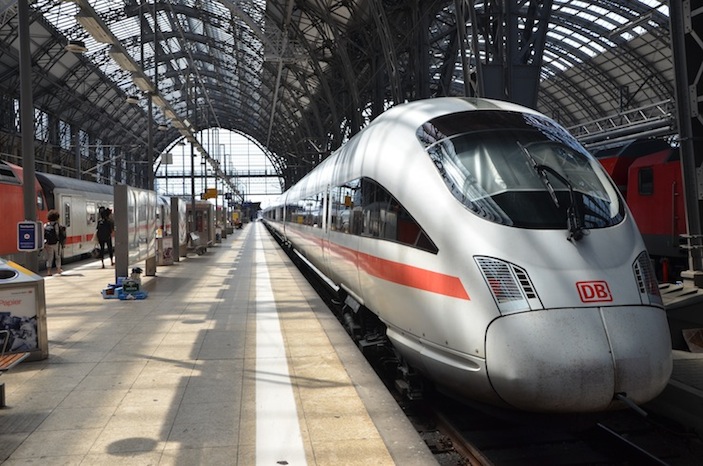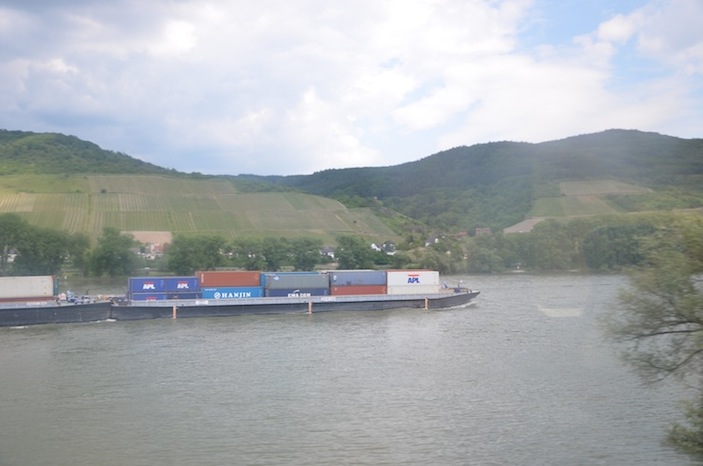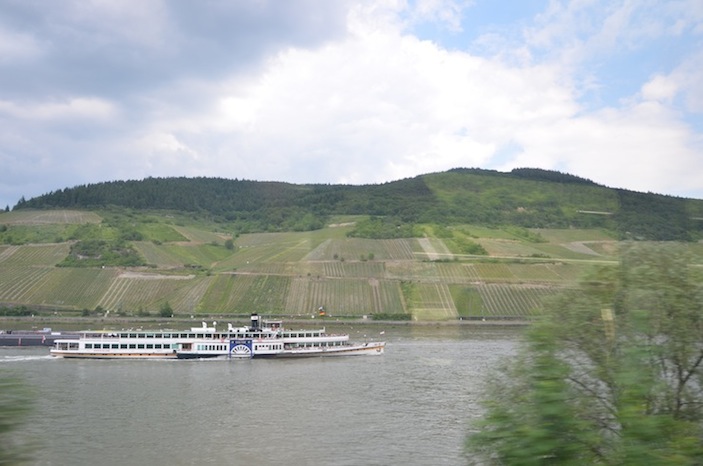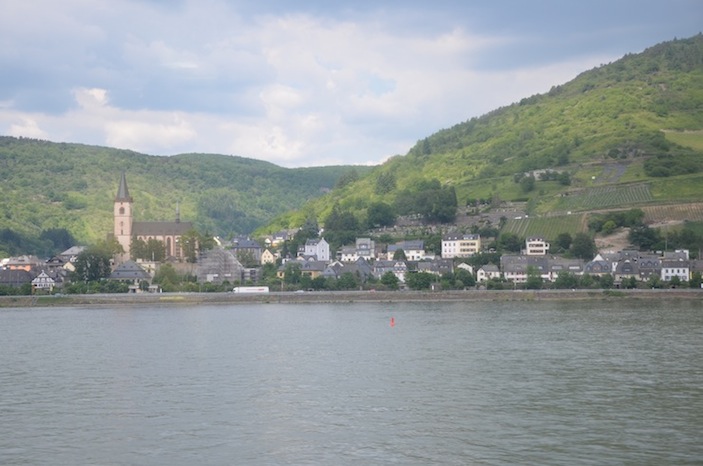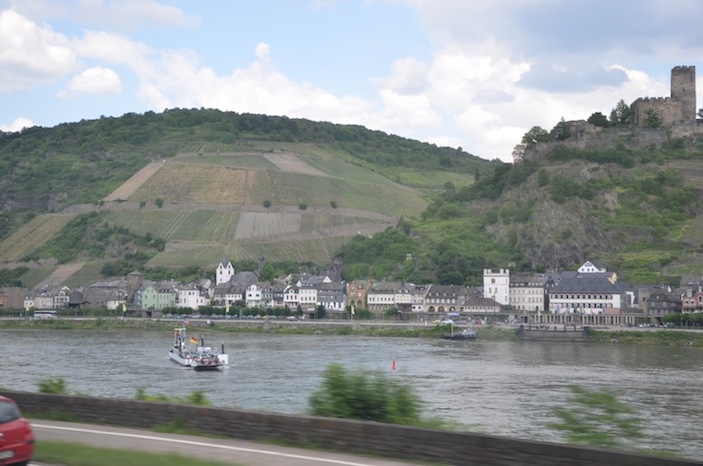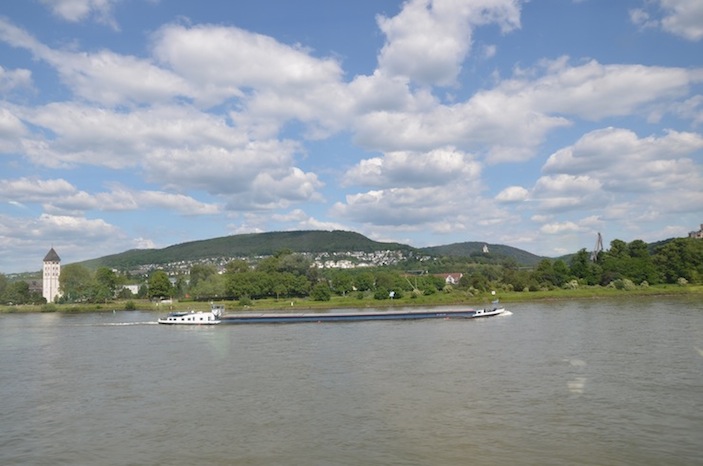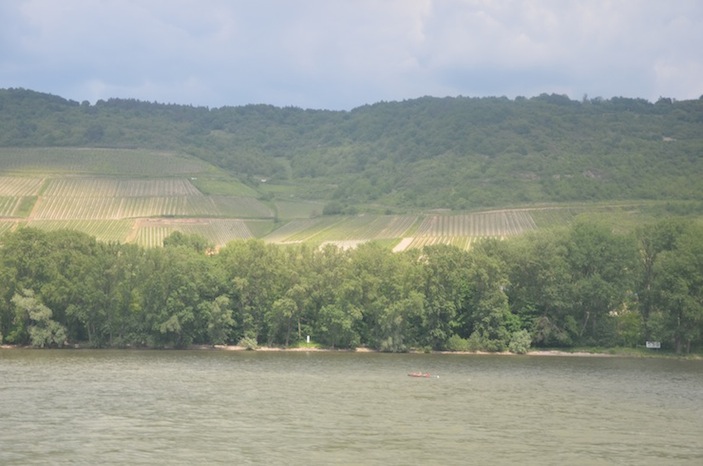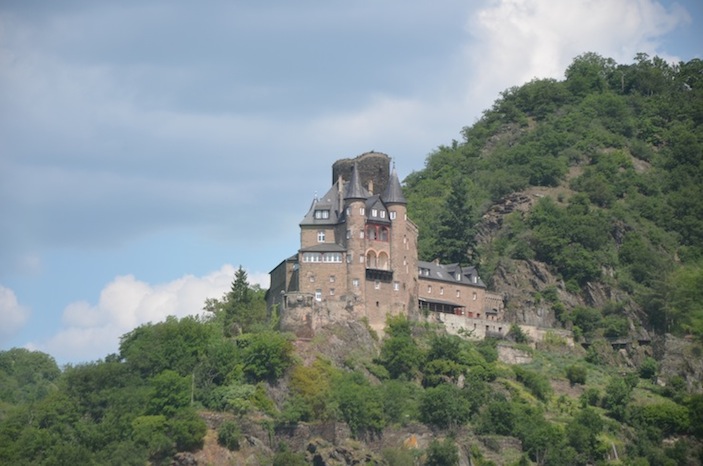Rest in Peace, Love Parade
Today’s post is a little tribute to one of the great parties the world has ever known: The Love Parade. Three years ago today, a crowd surge led to 21 deaths and 500 injuries at the last gathering in Duisburg, Germany, and the party would be forever canceled.
Starting with a gathering of just 150 in Berlin in 1989 to celebrate love through music, the Love Parade was usually held in the capital (but occasionally other cities) and became one of the biggest and most unique electronic music festivals and parades in the world. Called “the greatest amateur circus on earth” due to the images of people sitting and dancing on streetlamps, trees, signs, telephone booths and whatever other obstacles may be in their way, the once-a-year gathering consistently attracted more than one million people, with a peak of 1.6 million in Dortmund in 2008.
While we may never see an annual party like this again, the party spirit of Germans in general, and particularly Berliners, is still alive and well. And in addition to the memories, the Love Parade left us with one of the great all-time logo designs in the world, below:
.jpg)


